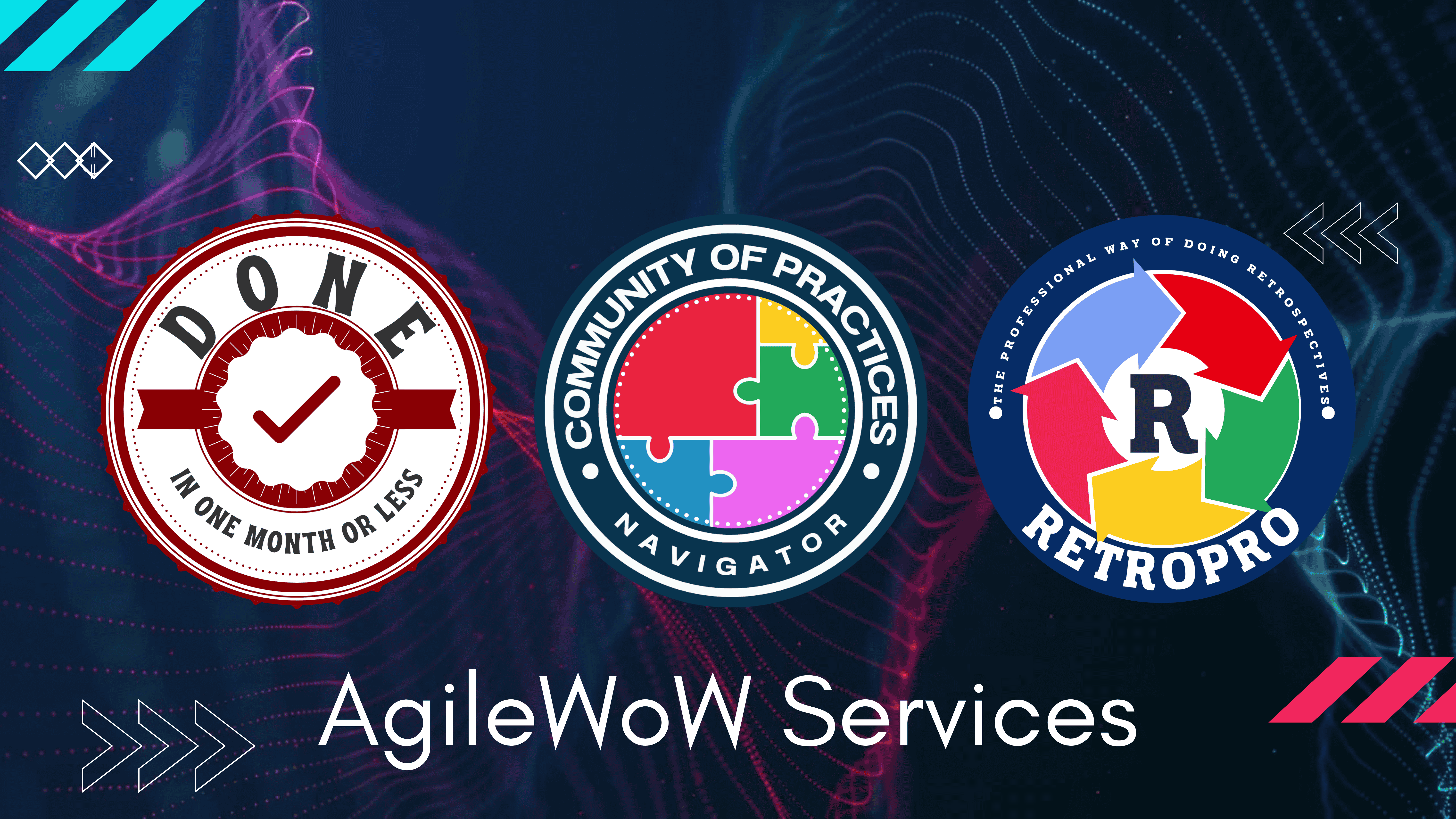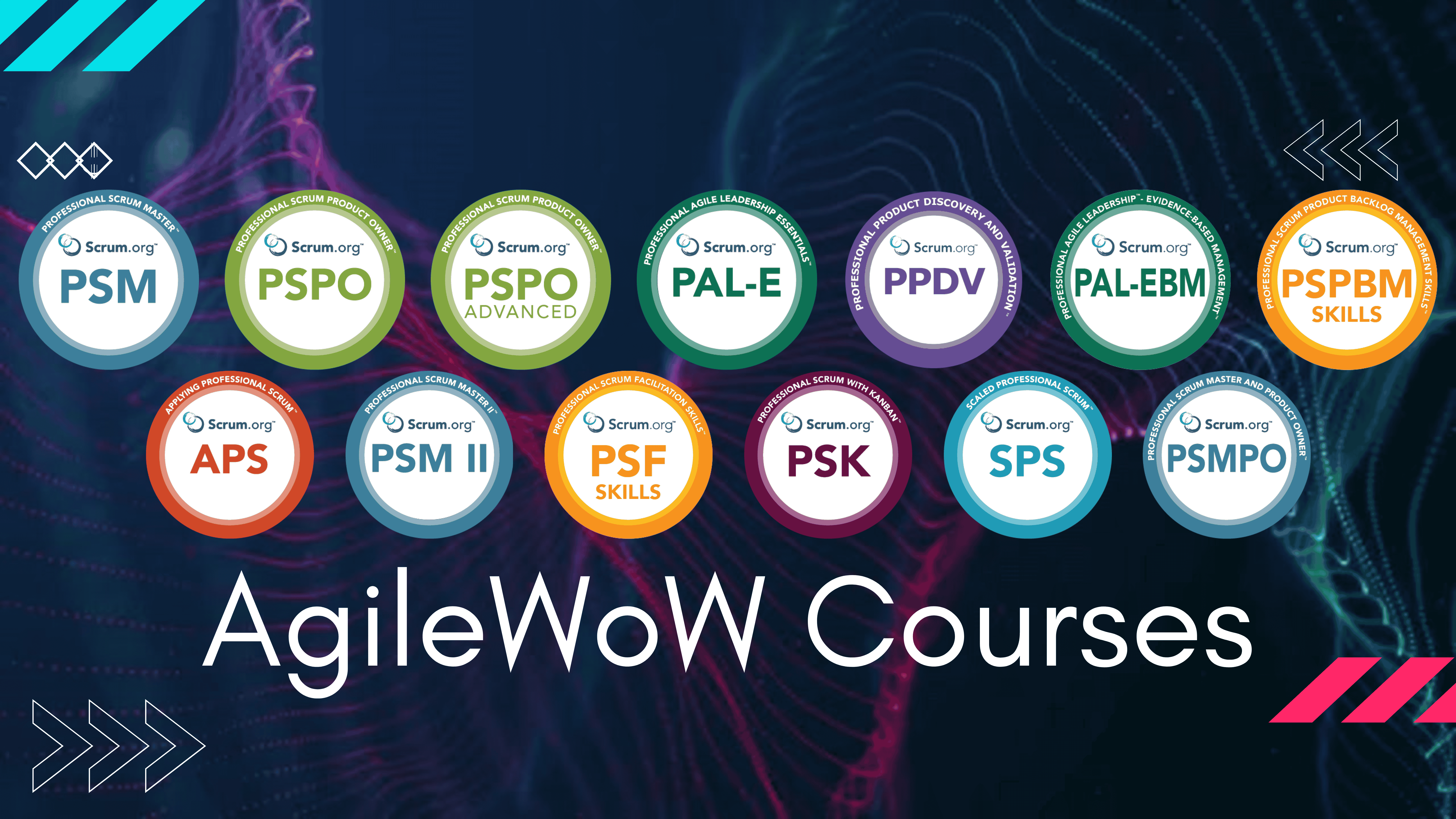A Product Roadmap Seen Like Never Before: Step-by-Step Guide
It is not easy to turn such a ''great'' vision into reality; it must be planned, prioritized, and executed. This is where the product roadmap comes into play because a roadmap is more than just a document; it's a strategic tool that aligns your team, communicates your goals, and helps keep you all focused on delivering value. This guide is then here, whether you're a beginner or an experienced pro wanting to refine his or her process. It helps you build a Product Roadmap, step-by-step:
Step 1: Define Your Product Vision
Get to know the destination before creating the roadmap. A clear product vision answers the question: Why does this product exist, and what value does it deliver?
For instance, "To become the means through which young professionals can make their personal finance management uncomplicated."
Your vision paves the entire roadmap: every point, every feature must align with the purpose that is above whatever you have.
Step 2: Key Objectives Identification
From your vision, break it down to high-level actionable objectives that your roadmap will be directed towards achieving.
Example of Objectives:
- to boost retention by 20% for the forthcoming six months
- to go into the other two markets by Q3
- to improve onboarding efficiency and lessen user churn.
With clear objectives, you now have a clear direction for your roadmap, which makes feature prioritization easy.
Step 3: Determine and Collect Input from the Stakeholders
Roadmaps were not built in a vacuum. Work with partners from the business to adapt the opinions of other departments like engineering, marketing, and sales representatives, and customer support.
How to collaborate:
- Hold workshops or brainstorming sessions to gather all ideas.
- Customer and sales team feedback or support tickets could be analyzed to find the most recurring pain point.
- Map your roadmap aspects with the company goals.
Your roadmap is informed by both users and their needs and the main business objectives.
Step 4: Prioritize Features and Initiatives
It is impossible for everything to be included in the roadmap, and that is just fine. What is very important is to consider initiatives that carry the most weight in value.
Some popular prioritization methods include:
- ICE Scoring: Evaluating impact, confidence, and ease to rank features.
- The MoSCoW Method: Must-Haves, Should-Haves, Could-Haves, and Won't Haves categories.
- RICE Scoring: Reach, impact, confidence, and effort.
Prioritization helps you to reduce feature creep and focus your work on what matters most.
Step 5: Design a Timeline
The goal for this timeline is not necessarily to be too exhaustive, but it gives stakeholders a sense of what's coming and when.
Typical Timeframes:
- Short-term: Next 1-3 months (detailed initiatives).
- Mid-term: 3-6 months (broader goals).
- Long-term: 6-12+ months: high-level vision.
So, you keep the timeline flexible for the possible changes, but let it be clear enough to keep the team aligned.
Step 6: The Right Format
Roadmap format should differ for audience types. For example:
- In-depth road maps with timelines and feature-level detail for teams;
- High-level goal-oriented maps meant for executives focusing mainly on business impacts;
- Public-facing roadmaps show broad themes and milestones scheduled ahead for customers.
One can visualize and share the road map with popular applications like Trello, Jira, or Aha!.
Step 7: Communicate and Share
A roadmap is only as good as its ability to unify your team. Share it clearly with relevant stakeholders, include the understanding of priorities, and ask for good feedback.
Pro Tip:
- Seminar every quarter for roadmap review sessions to keep everyone updated and aligned.
Step 8: Monitor Progress and Reiterate
Developing a roadmap is not a one-off task. Regularly checking progress, revising timelines, and prioritizing again according to the users' needs, market waves, or the company's objectives will be accomplished.
What is to be Monitored:
- Whether your objective has been achieved
- Are users providing any positive response to launched features?
- Are there any blockers or risks to be mitigated?
With a dynamic roadmap, you will keep your goals in mind while being very responsive to any changes.
Final Thoughts
A product roadmap does more than just plan; it is a communication tool, prioritization guide, and team motivator. By following these steps, you could create a roadmap to align a team, deliver value to users, and drive your product toward success.
Remember, a good road map will never be static; be flexible, listen to others, and adapt as you move forward because great things are not built by vision alone but by collaboration and iteration.
What is your favourite tip or tool for building a product roadmap?

